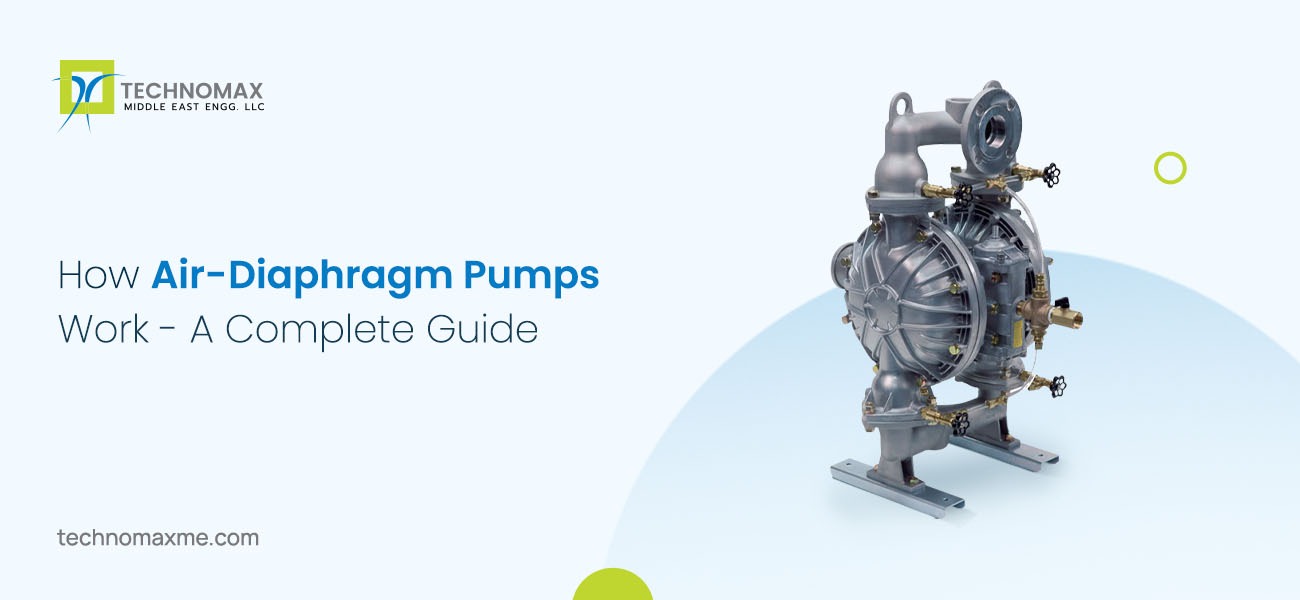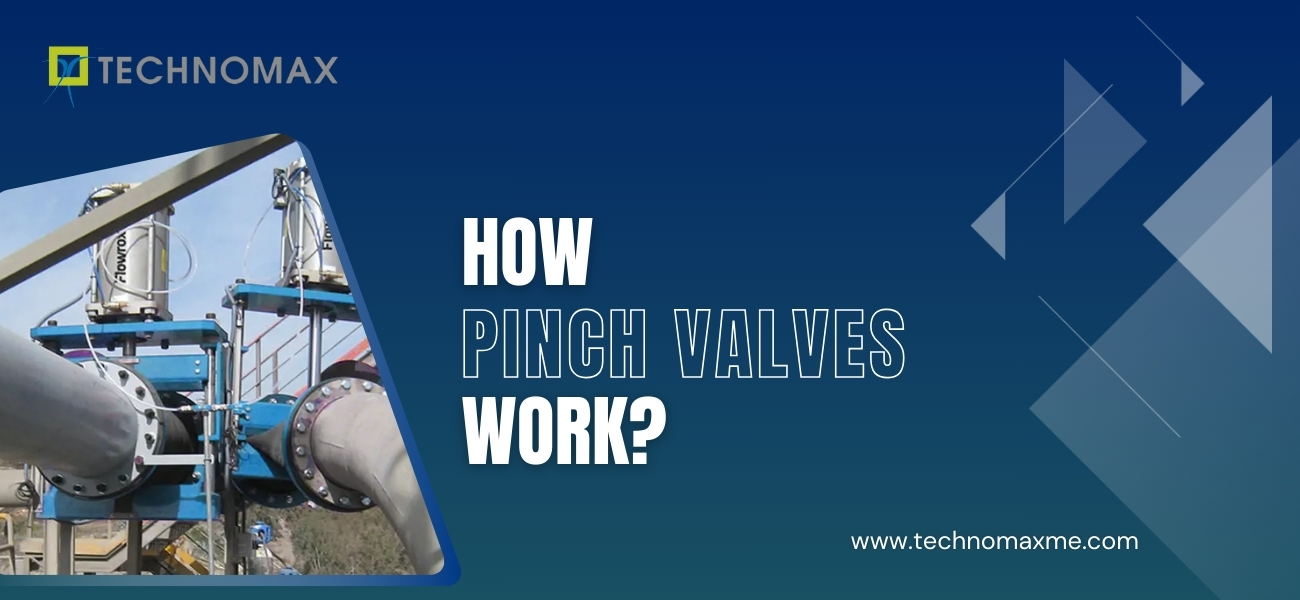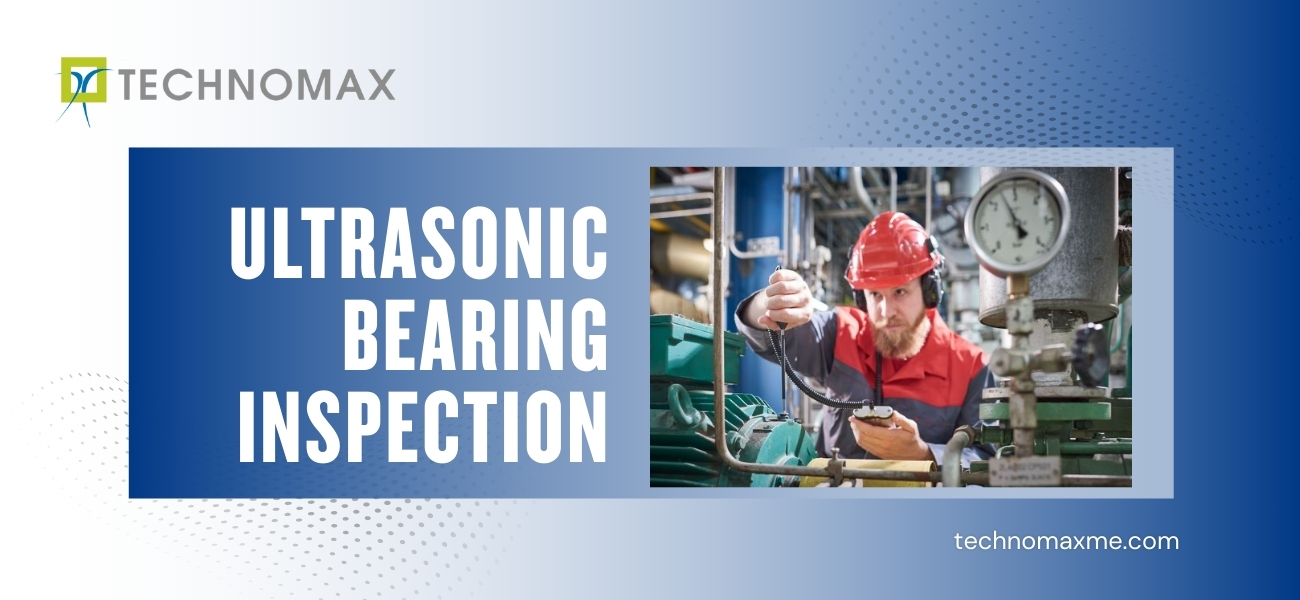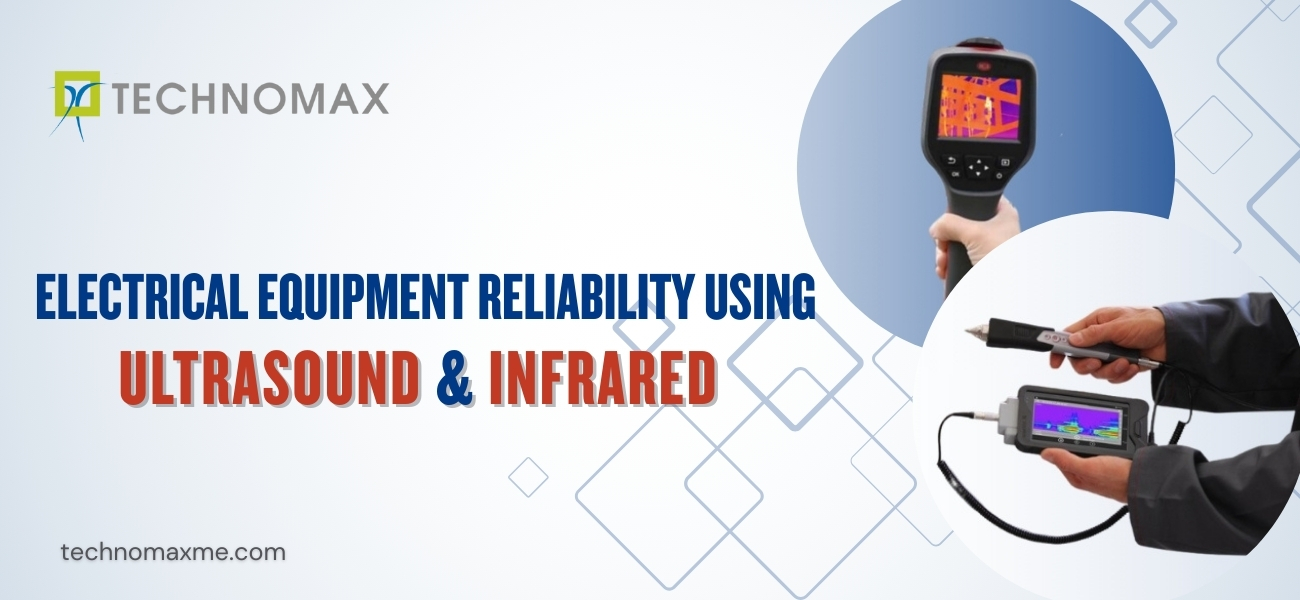
A diaphragm pump, also known as a membrane pump, is a positive displacement pump that helps industries standardize on a pump type that works best with a variety of fluids. It only requires a compressed air supply.
Diaphragm pumps are extensively used in construction for configurations of difficult fluids. These pumps can also be specified for ATEX zones, EC1935/2004, FDA, and 3A hygienic applications.
In this blog article, we will discuss the use of diaphragm pumps, their basic components, their working principles, how they work, their applications, and why they are used. Let's explore it!
What Is an Air-Operated Diaphragm Pump?
An air-operated double diaphragm pump, also called an AODD pump, a membrane pump, or a pneumatic diaphragm pump, is a positive displacement pump that uses compressed air as its power source. A connected shaft is used to transfer compressed air from one chamber to another, which allows the chambers to work simultaneously. This movement causes the liquid to flow from one chamber to the discharge pipe while the second chamber remains filled with liquid.
They belong to "positive displacement" because, at a given pump speed, the flow cannot be maintained if the pump's flow head changes too frequently. Diaphragm pumps can carry low, medium, or high-viscosity liquids and even large solids in the liquid. They can also easily handle corrosive liquids like acid because of their construction using a variety of valve body materials and diaphragms.
Basic Components of Pumps
Air Chambers: Two air chambers are used to supply air, one on the right and the other on the left. Compressed air flows through both air chambers.
Fluid Housings: There are two fluid housings as well, one on the left and one on the right, and the fluid is pumped through these housings.
Diaphragm: It is a material that flexes with increasing and decreasing pressure. They have air chambers and fluid housings. A common connector is used to connect both diaphragms.
Inlet manifold: Fluid flows through the inlet manifold to the right or left of the fluid housing.
Air valve: the air valve directs air to the chambers. Through the port, the air valve directs the air to one chamber, while the other chamber has an exhaust port.
Check valves: An air diaphragm has two inlet check valves and two outlet check valves. The check valves control fluid from the fluid housings and manifolds of the pump. Ball-type valves are used in most air diaphragm pumps.
Working Principle of Air Diaphragm Pump
Compressed air drives the air-diaphragm pump. Two diaphragms work simultaneously to prime and push liquid into the system. Valve balls make sure liquid moves thoroughly in the right direction.
Compressed air flows into the right chamber, causing the right diaphragm to flex. It creates high pressure in the right fluid house that equals the air pressure applied. The inlet check valve of the right chamber closes, and the outlet valve opens while the fluid is pumped through the outlet manifold. The pump shaft moves right, creating a vacuum in the left fluid house. The left inlet check valve opens, and the left outlet valve closes while fluid flows into the left fluid house.
The air valve switches at the end of the pump stroke, and the compressed air flows into the left air chamber, which causes the left diaphragm to flex. The inlet check valve of the left fluid housing closes, and the outlet valve opens while fluid is pumped through the outlet manifold. The pump shaft movement to the left creates a vacuum in the right fluid housing. The right outlet valve closes and the right inlet check valve opens simultaneously while the fluid flows into the right fluid housing.
You may also read:
- Navigating Reactive Maintenance: A Deep Dive into Strategies and Best Practices
- Demystifying Partial Discharge: Understanding Its Impact and Detection
- Exploring Technomax’s Ferrography Services
Benefits of Double Diaphragm Pumps
Lets hover over the benefits of Double diaphragm pumps, also known as Air Operated Double Diaphragm pumps (AODD):
- Double diaphragm pumps have the capability to run dry: AODD pumps can run dry for a longer period without any damage, which sets them apart from other types of displacement pumps that may suffer damage and reduce service life when operated dry.
- Double diaphragm pumps require no electricity - AODD pumps do not rely on electricity for operation, making them suitable for explosive environments when equipped with proper provisions.
- Double diaphragm pumps can perform even in submerged situations - AODD pumps can perform well in a completely submerged state if the materials used are compatible with the fluid and the air exhaust ports are above the liquid level.
- Double diaphragm pumps meet the certification standards - AODD pumps comply with different certification standards around the world, ensuring their safety and suitability for use in various applications, which include 3-A, CSA, NACE, UL, ATEX, FDA, ABS Marine, ISO 9001, and ISO 14001.
- Double diaphragms are easy to operate - The seal-less design of the AODD pumps makes them easy to operate, preventing leaks and the need to replace the seals frequently.
- Double diaphragm pumps have variable flow and head pressures - AODD pumps provide a range of flows without costly and complex controls. They can operate with pneumatic pressures up to 125 psi (8.6 bars) for a standard 1:1 ratio pump and up to 250 psi (16.5 bars) for a 2:1 ratio pump. High-pressure units are suitable for various applications requiring greater force.
- Double diaphragm pumps come at lower costs - Compared to electric pumps, AODD pumps have lower initial costs as they do not require motors, controls, or expert installation.
- Double diaphragm pumps can be deadheaded safely - The AODD pumps do not require special control circulation loops that allow them to be deadheaded, making them an excellent choice for intermittent applications with frequent on/off situations.
- Double diaphragm pumps are gentle on products - AODD pumps are gentle on the products they transport, preventing separation or frothing, which is crucial for sensitive fluids.
- Double diaphragm pumps are flexible - AODD pumps offer flexibility in terms of materials used, sizes, and certifications, making them versatile and widely used across the globe.
- Double diaphragm pumps are self-priming - AODD pumps are self-priming and do not require positive inlet pressure to prime, making them suitable for flooded or dry suction lift applications.
- Double diaphragm pumps are easy to install - AODD pumps are powered through air supplies and can be easily controlled using valves on the fluid discharge or by regulating the air input. Accessories like filter regulators and air regulators can be effortlessly added to the pump for convenience.
Why Diaphragm Pumps?
AODD pumps are versatile and provide a diversity of capabilities that allow industries to standardize on a single pump to handle a variety of fluids. The supply of compressed air ensures you can install pumps wherever you want. If the circumstances change, you can easily move it and use it for other operations. Diaphragm pumps are portable, which further makes it viable to use them whenever and wherever you need them.
For fluids that require gentle pumping action because of their chemically or physically aggressive nature, AODD pumps positive displacement, providing an efficient and low-maintenance solution. Once pumps are installed and connected to compressed air, they can function at full autonomy.
The ecological design of AODD pumps saves up to 60% of air. It decreases impacts on the environment significantly. Less air consumption also means a smaller air compressor, leading to savings on energy and costs. Their static seals ensure longevity, resulting in very low maintenance. Maintenance of these seals is also inexpensive.
Applications Of Air Diaphragm Pumps
AODD pumps are used in oil and gas for settling pond transfer, filter press, and bulk fuel transfer.
In pulp and paper, they are used in printing inks, glues, and bulk adhesive transfers.
AODD pumps are used in water and wastewater treatment for transferring suspended solid media in filter presses and utility pumps.
In mining, the use of AODD pumps is extensive for transferring fuel for vehicles or heavy construction equipment, transferring slurries and sludge, and dewatering above and below ground at sites and quarries.
In the ceramic industry, they are used in ceramic slips, day tank transfers, and filling moulds.
In electroplating and anodizing, AODD pumps are used for mixing cleaning solutions, filtration, and replenishing chemicals in plating or metal finishing tanks.
There are wider uses for these pumps in chemical processing in portable utility pumps, for batching or dosing chemicals, and for loading and unloading tankers.
These lists of extensive uses of AODD pumps in different industries show how they are widely used across varied industries.
Conclusion
Air-operated double diaphragm (AODD) pumps are highly regarded for their robustness, reliability, and cost-effectiveness. As a result, they are extensively utilized across diverse industries. Their ease of maintenance and low operating costs make them a popular choice for fluid transfer applications. These pumps operate by means of compressed air, which drives the diaphragms to create suction and discharge pressure. The simple design of AODD pumps makes them easy to install, operate, and maintain. Furthermore, their versatility and adaptability to various types of fluids, including abrasive and viscous materials, make them a preferred pumping solution for many applications.
Key takeaways are:
- Many viscous liquids work well with air diaphragm pumps.
- They find applications in several industries, such as chemical processing, mining, and electroplating.
- Due to their safe discharges, variable discharges, and several customization options, AODD pumps are remarkably simple to assemble.
- Maintaining AODD pumps is hassle-free and does not require any concerns about potential leakages.
- The environmental impact decreases considerably as they consume 60% less air.
Learn More About Our Services


Get Started Now!
It takes less than a minute of your time. Or you may simply call +971 2 555 1 783






